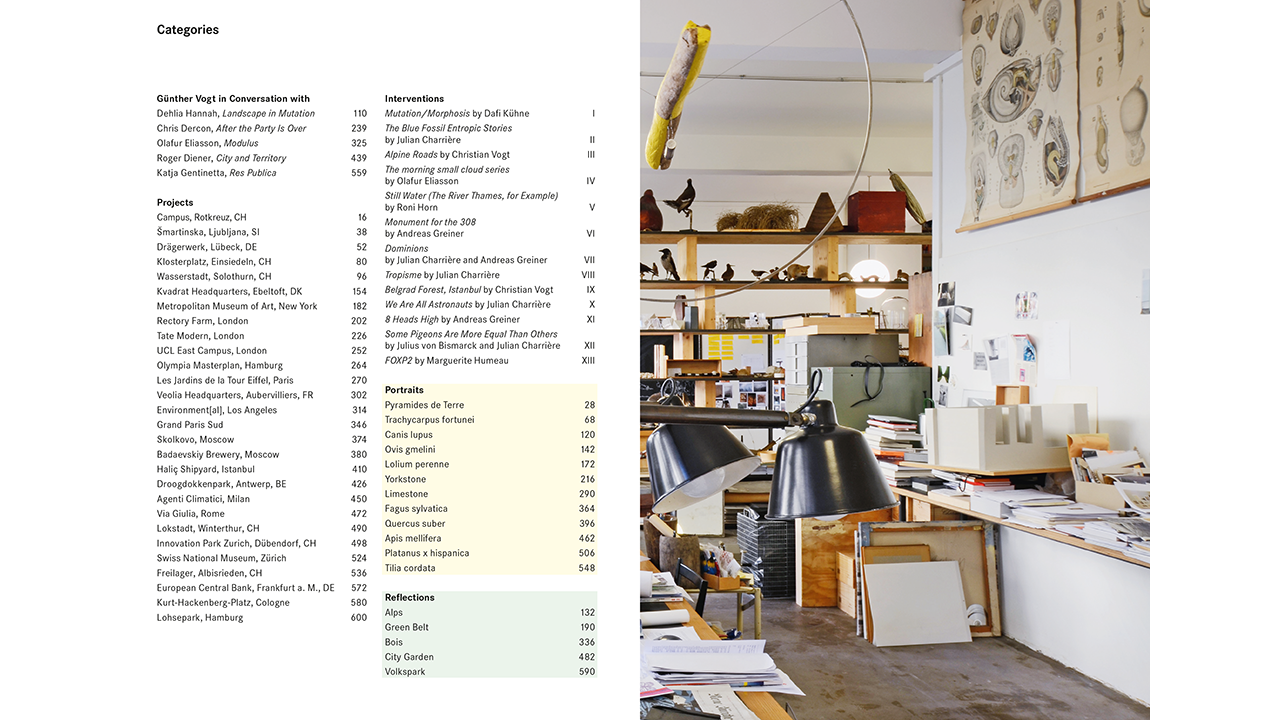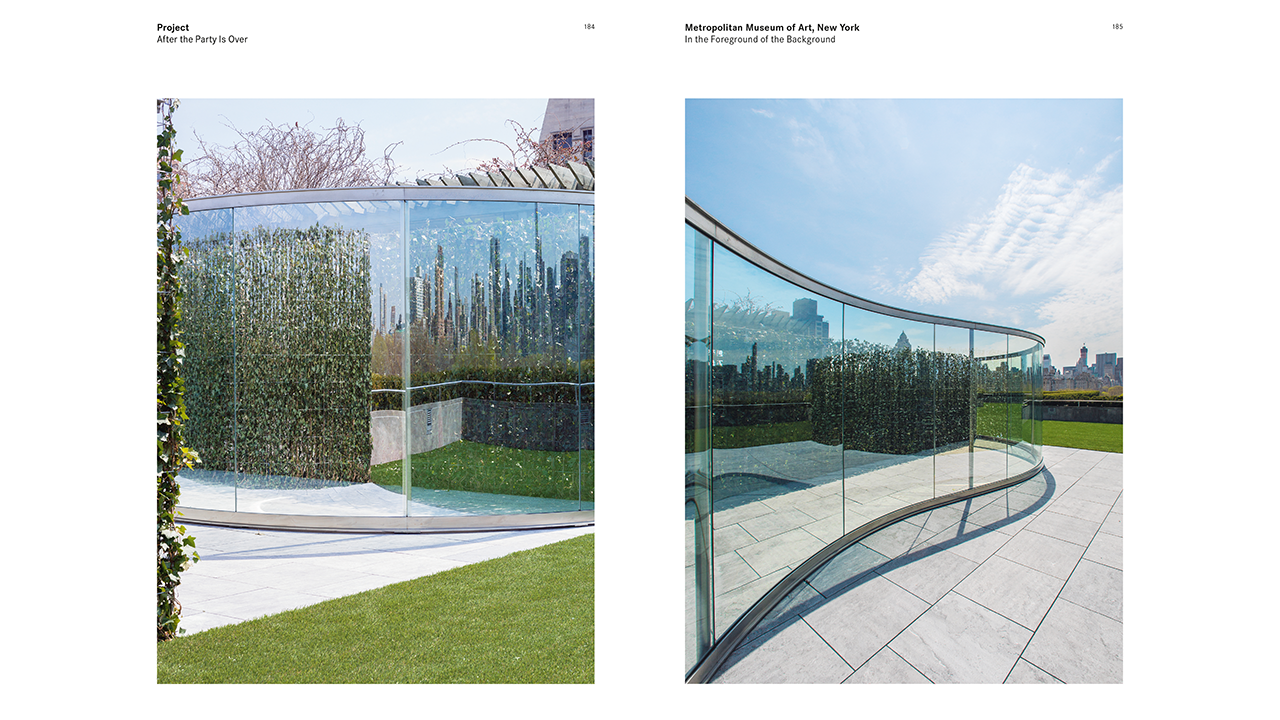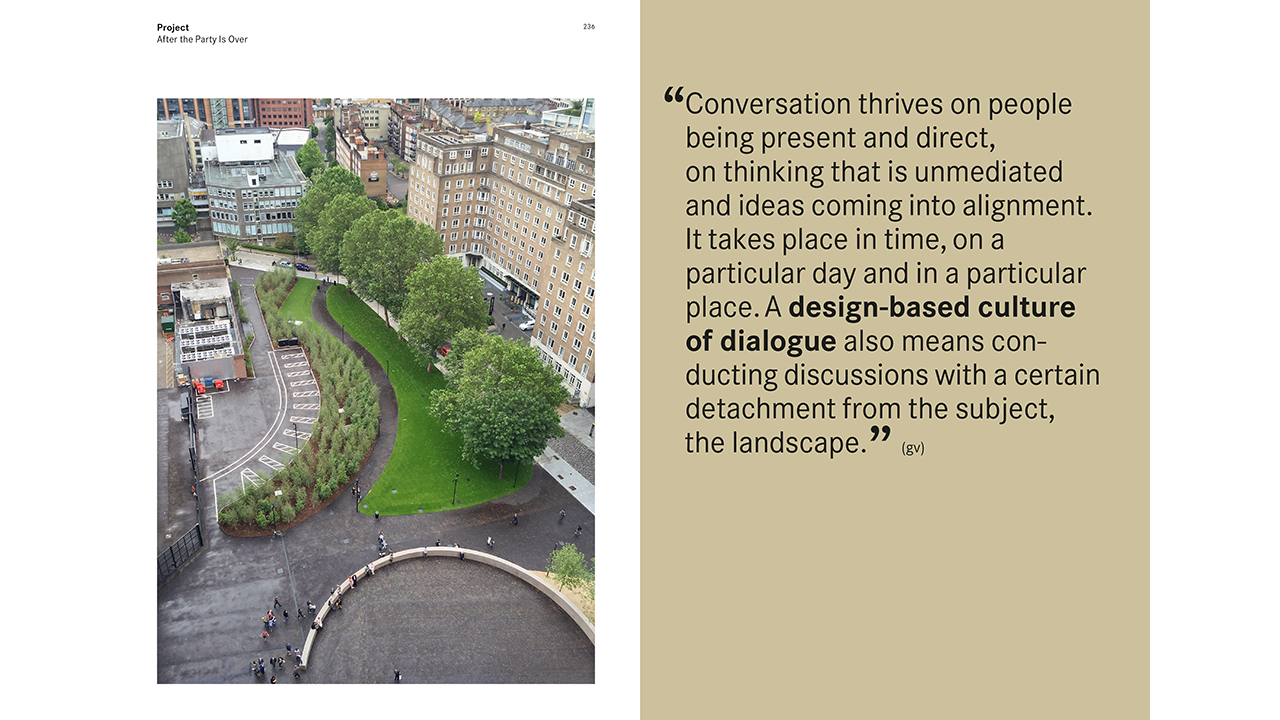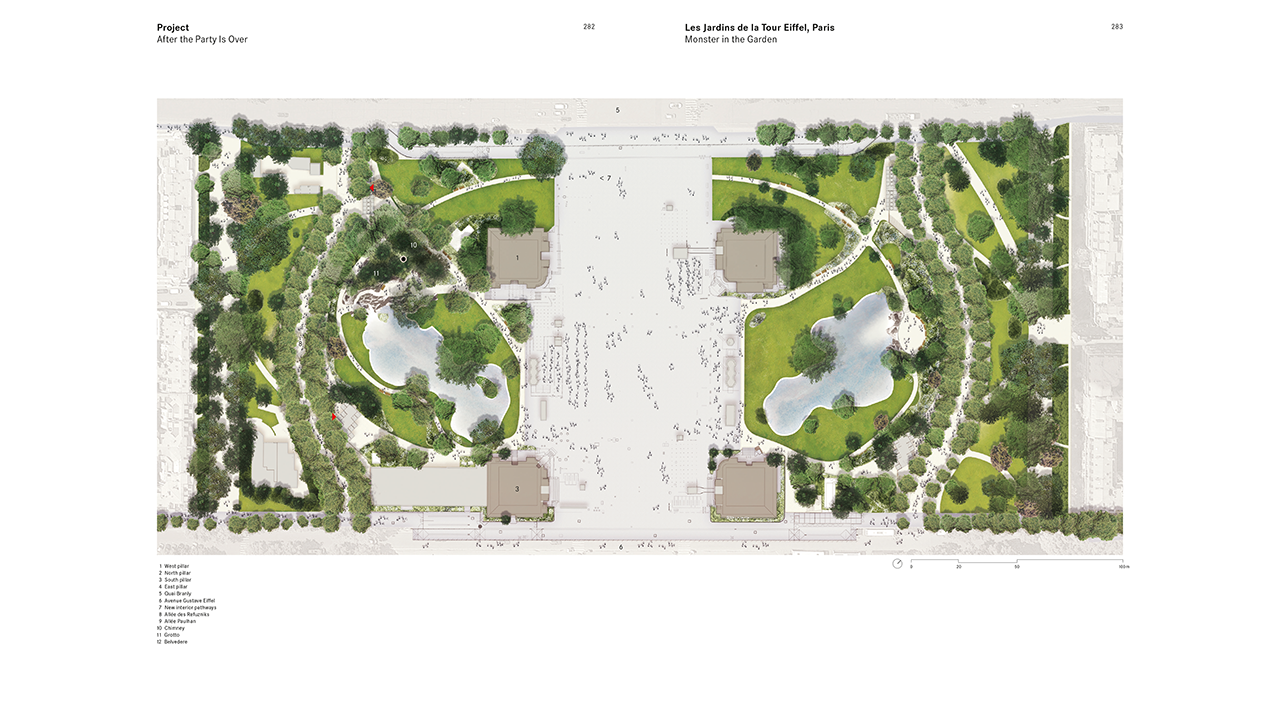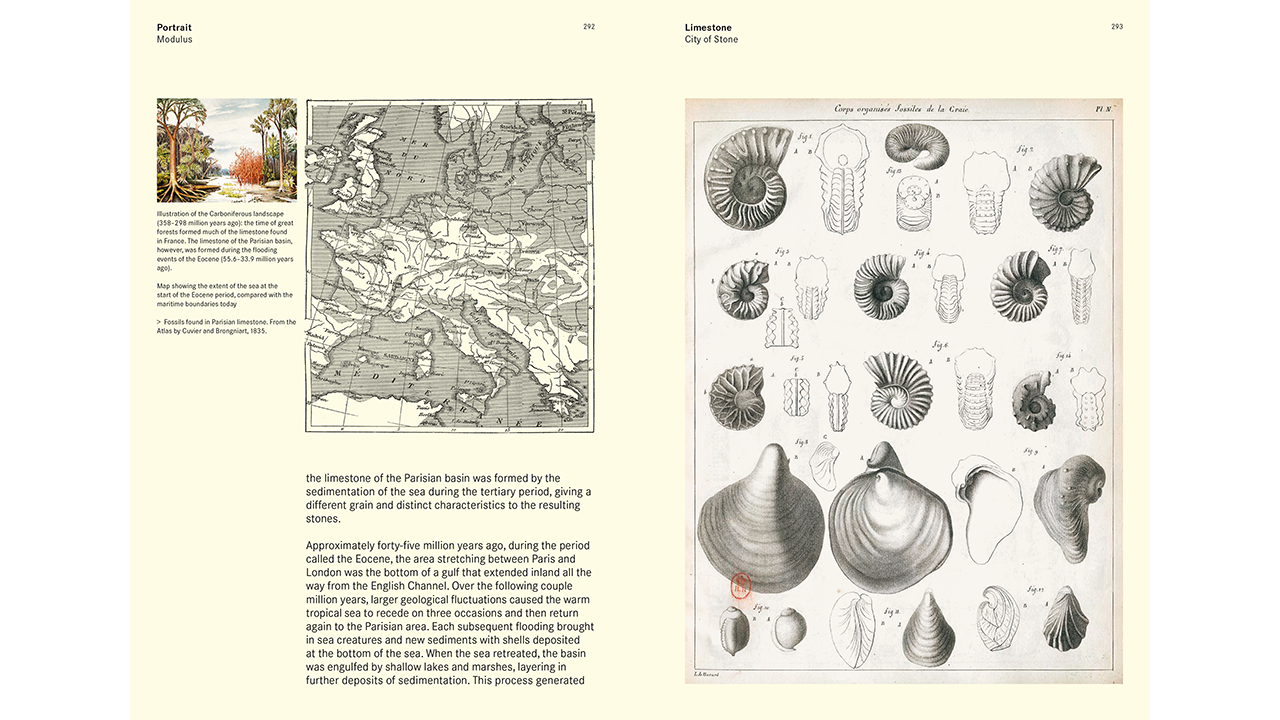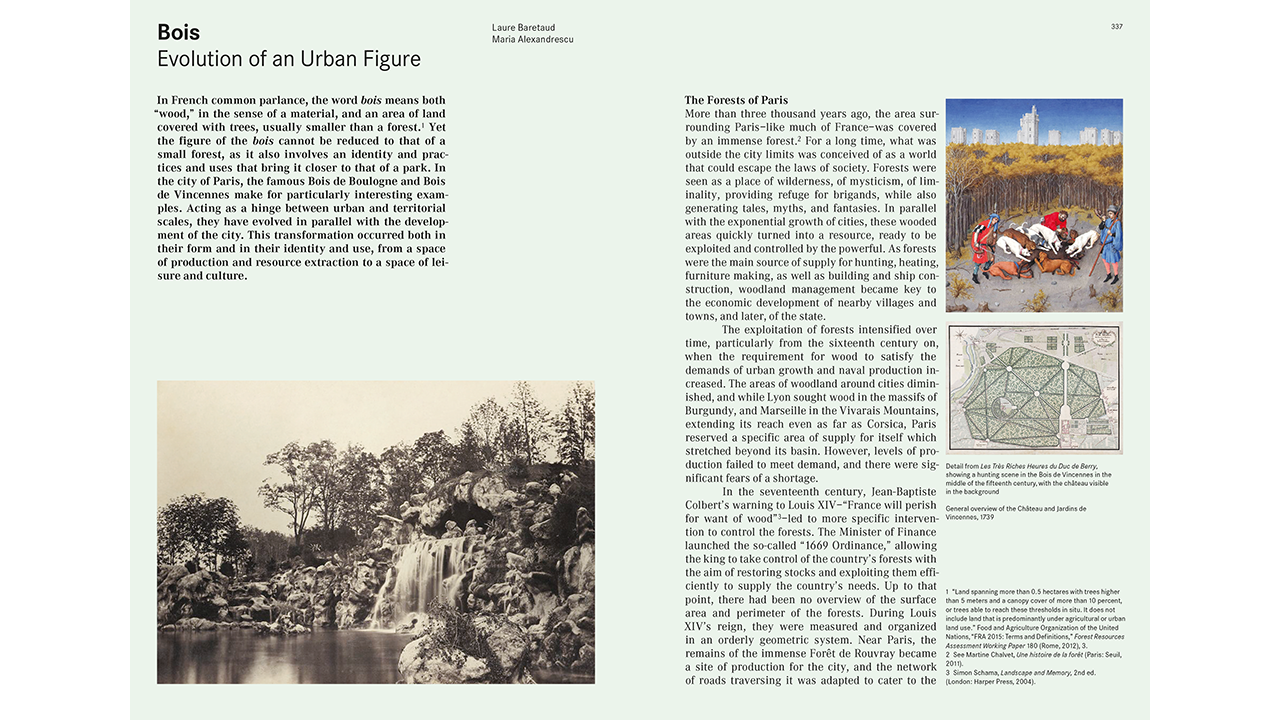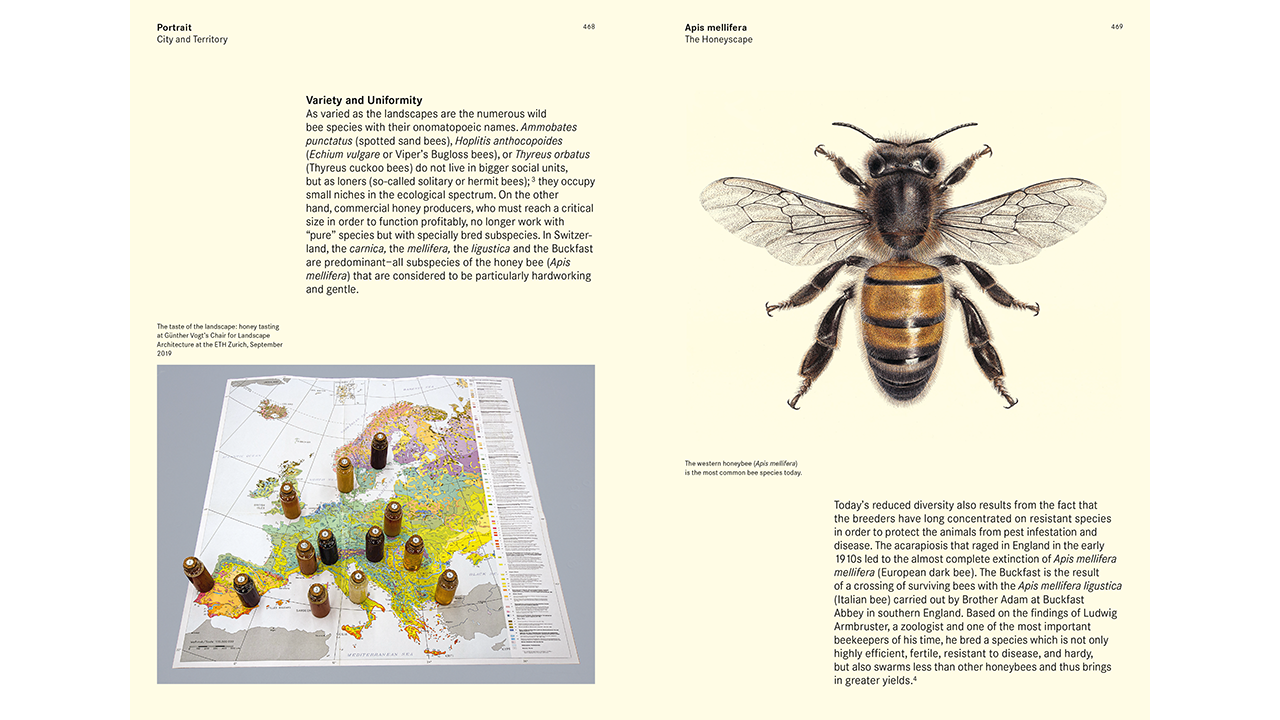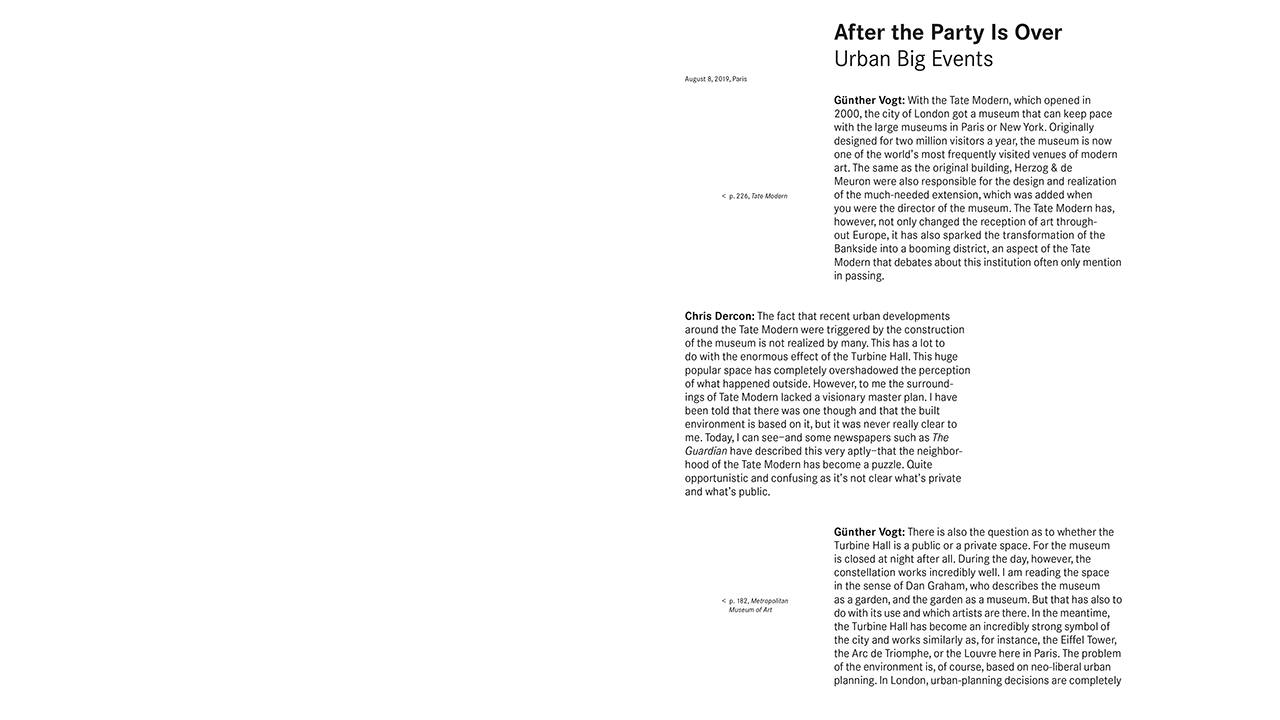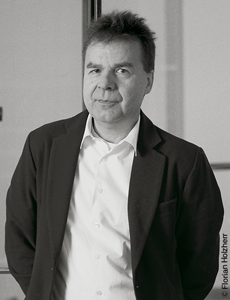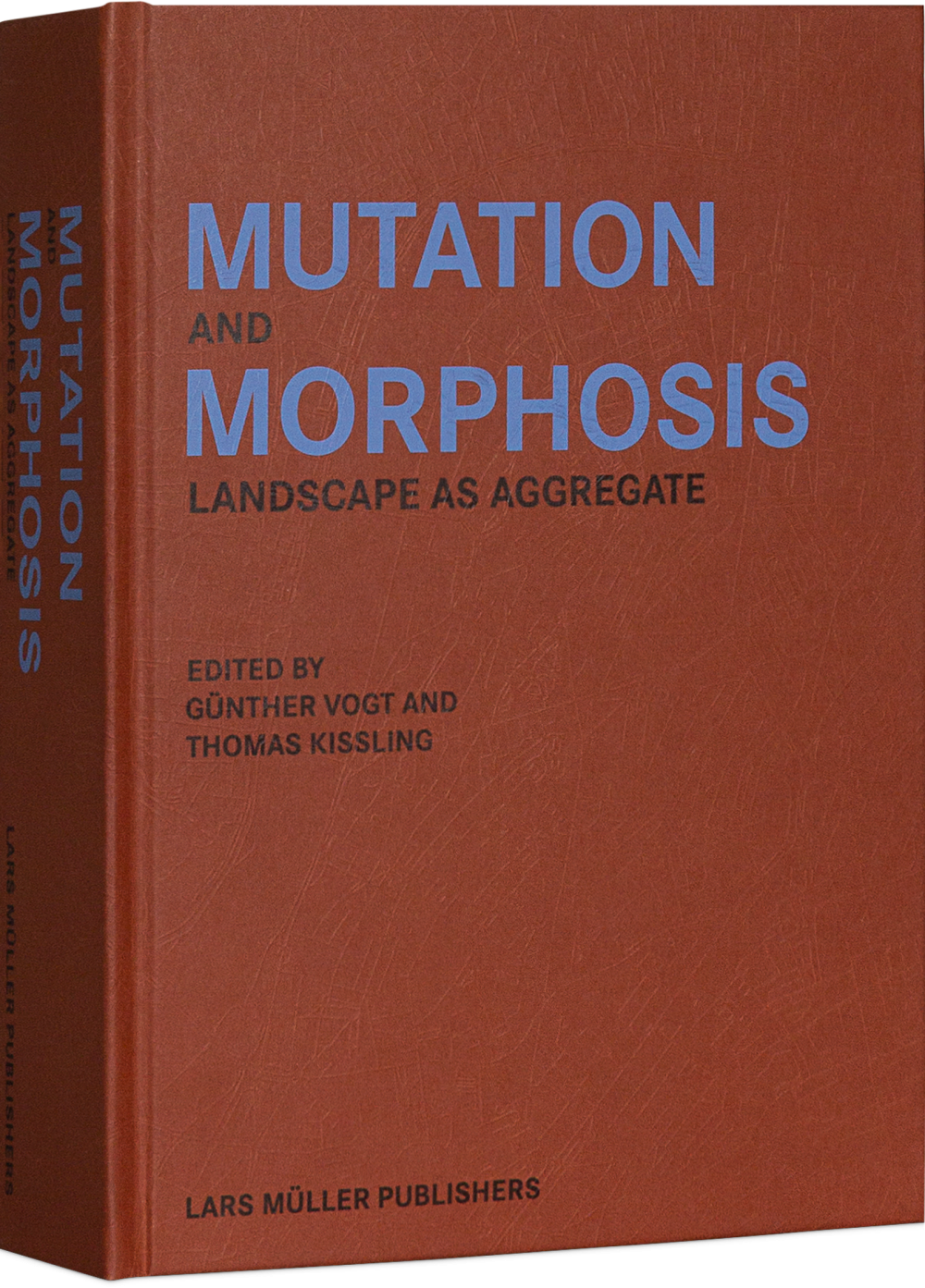
Mutation and Morphosis
Anyone viewing what we call a “landscape” from a distance will recognize that it is an artifact, a habitat created by humans as part of our built environment. Designing this realm carefully is a discipline that is taking on increasing importance today. Günter Vogt, with his practice in VOGT Landscape Architects and as a professor at ETH Zürich, has developed a set of tools and a working method that incorporate all the different dimensions of the human-designed environment, from the large-scale landscape to the small-scale urban public space.
Mutation and Morphosis looks at all the many aspects involved in the collective process of designing and shaping landscapes, from planning to implementation. The model as a tool and the collection as a driving force are illustrated on the basis of an astonishing variety of topics. In theoretical discussions and the examination of detailed dossiers of facts on the ground, a trajectory is traced: from the emergence of new landscapes as a result of climate change to the migration of the wolf to Central Europe, from the impact of invasive plants to the study of geological formation processes. The panorama that unfolds gives us insights into the broad context that landscape architects must consider in their work, exemplified by the outstanding projects realized by VOGT.
Anyone viewing what we call a “landscape” from a distance will recognize that it is an artifact, a habitat created by humans as part of our built environment. Designing this realm carefully is a discipline that is taking on increasing importance today. Günter Vogt, with his practice in VOGT Landscape Architects and as a professor at ETH Zürich, has developed a set of tools and a working method that incorporate all the different dimensions of the human-designed environment, from the large-scale landscape to the small-scale urban public space.
Mutation and Morphosis looks at all the many aspects involved in the collective process of designing and shaping landscapes, from planning to implementation. The model as a tool and the collection as a driving force are illustrated on the basis of an astonishing variety of topics. In theoretical discussions and the examination of detailed dossiers of facts on the ground, a trajectory is traced: from the emergence of new landscapes as a result of climate change to the migration of the wolf to Central Europe, from the impact of invasive plants to the study of geological formation processes. The panorama that unfolds gives us insights into the broad context that landscape architects must consider in their work, exemplified by the outstanding projects realized by VOGT.
Dieses Buch ist auch auf Deutsch erhältlich
“In aggregating a wide range of work across the maze of knowledge that touches landscape architecture directly or indirectly, Vogt embraces our capacity to reconstruct a meaningful sense of order in the face of an accumulating jumble of impressions.”
– PIN-UP Magazine
